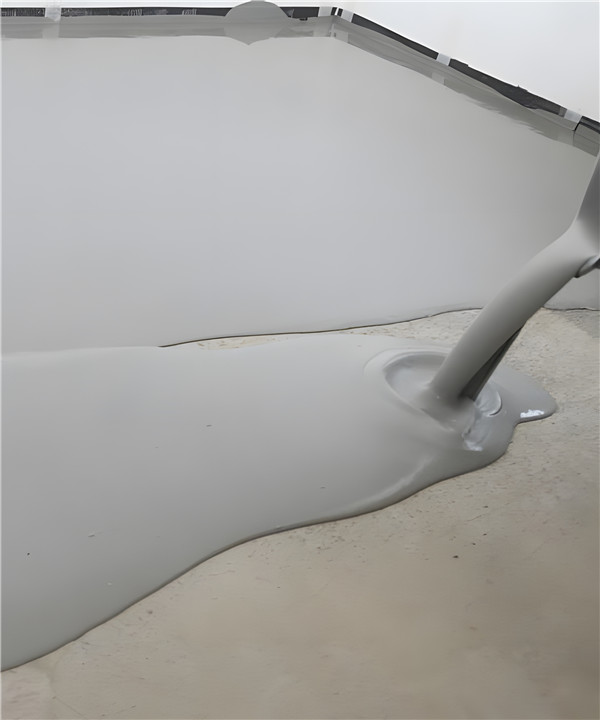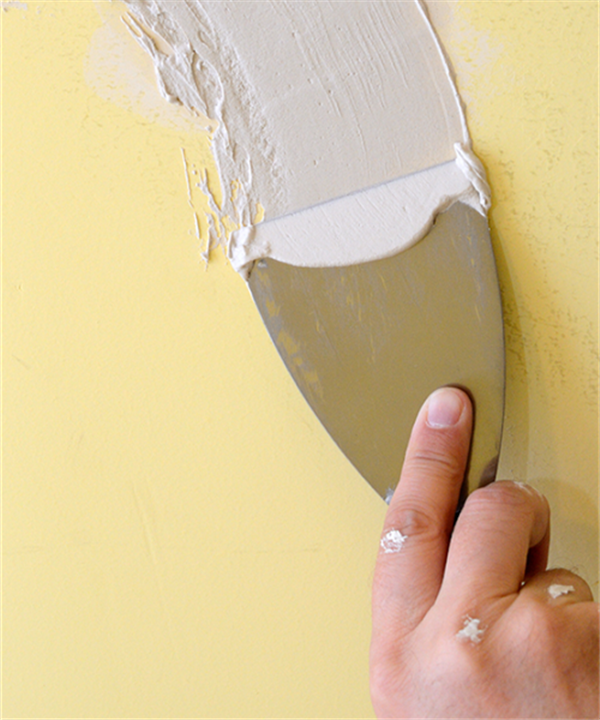Viscosity is an important parameter for the properties of cellulose ethers.
Generally speaking, the higher the viscosity, the better the water retention effect of gypsum mortar. However, the higher the viscosity, the higher the molecular weight of cellulose ether, and its solubility will be reduced accordingly, which will have a negative impact on the strength and construction performance of the mortar. The higher the viscosity, the more obvious the thickening effect on the mortar, but the relationship is not directly proportional.
The higher the viscosity, the stickier the wet mortar will be, which will manifest itself as sticky scrapers and high adhesion to the substrate during construction. But it does not help much to increase the structural strength of the wet mortar itself. In addition, during construction, the anti-sag performance of wet mortar is not obvious. On the contrary, some modified methylcellulose ethers with medium and low viscosity have excellent performance in improving the structural strength of wet mortar.
Most building wall materials are porous structures, and they all have strong water absorption. When the gypsum building materials used for wall construction are mixed with water and put on the wall, the moisture is easily absorbed by the wall, causing the gypsum to lack the water necessary for hydration, causing difficulty in plastering construction and reducing bond strength, resulting in cracks and cracks. Quality problems such as hollowing and peeling. Improving the water retention of gypsum building materials can improve the construction quality and improve the bonding force with the wall. Therefore, water-retaining agent has become one of the important admixtures for gypsum building materials.
Building powder materials such as plastering gypsum, bonding gypsum, caulking gypsum, and gypsum putty are used. In order to facilitate construction, gypsum retarder is added during production to extend the construction time of the gypsum slurry. Since the gypsum is mixed with human Retarder inhibits the hydration process of semi-hydrated gypsum. This type of gypsum slurry needs to be kept on the wall for 1-2 hours before it solidifies. Most walls have water absorption properties, especially brick walls and aerated concrete. Walls, porous insulation boards and other lightweight new wall materials, therefore the gypsum slurry must be treated with water to prevent part of the water in the slurry from transferring to the wall, resulting in water shortage and incomplete hydration when the gypsum slurry hardens. Causes separation and crusting at the joint between gypsum and wall. Adding a water-retaining agent is to maintain the moisture contained in the gypsum slurry and ensure the hydration reaction of the gypsum slurry at the interface, thereby ensuring the bonding strength. Commonly used water-retaining agents are cellulose ethers, such as methylcellulose (MC), hydroxypropylmethylcellulose (HPMC), hydroxyethylmethylcellulose (HEMC), etc. In addition, polyvinyl alcohol, sodium alginate, modified starch, diatomaceous earth, rare earth powder, etc. can also be used to improve water retention performance.
No matter what kind of water-retaining agent can delay the hydration speed of gypsum to varying degrees, when the retarder dosage remains unchanged, the water-retaining agent can generally retard the setting for 15-30 minutes. Therefore, the amount of retarder can be appropriately reduced.
Post time: Oct-09-2023



